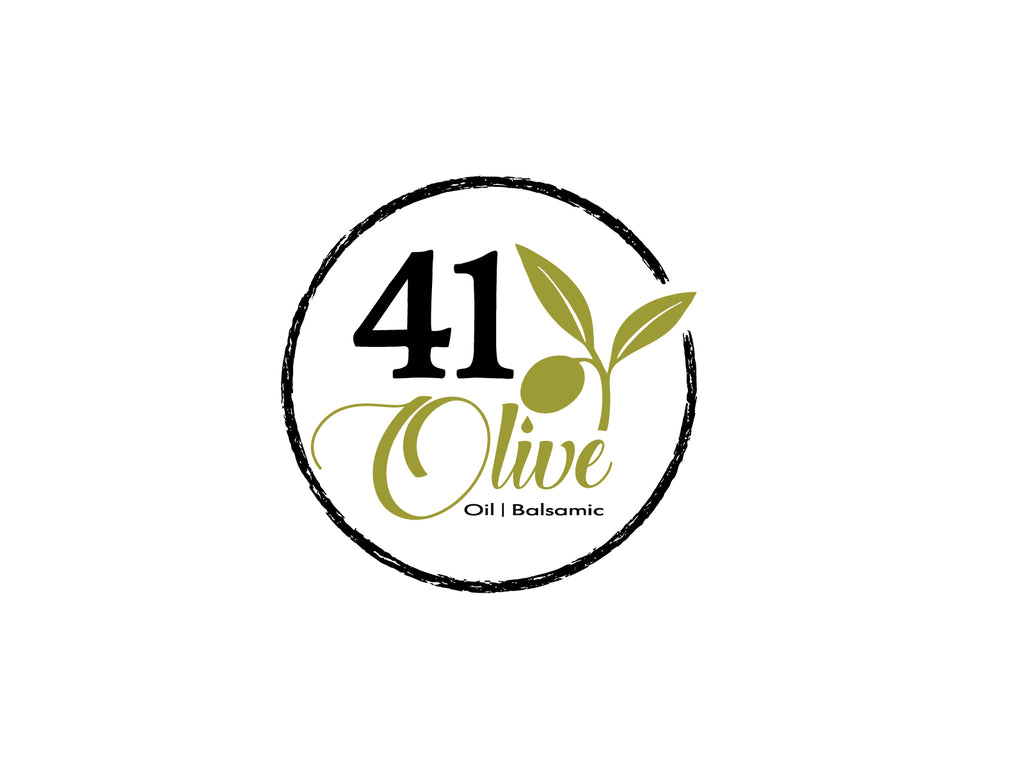A Journey Through The History Of Balsamic Vinegar
Balsamic vinegar has a long and storied history, dating back several centuries to the Modena region of Italy. The origins of balsamic vinegar can be traced back to the Middle Ages when grape must (freshly pressed grape juice that includes the skins, seeds, and stems) was boiled down into a sweet syrup that was used as a medicine and tonic.
Over time, this sweet syrup was fermented and aged in wooden barrels, resulting in a dark, rich, and complex vinegar known as "balsamic." The name "balsamic" comes from the Latin word "balsamum," which means "balsam-like," referring to the soothing and healing properties of the vinegar.
In the 17th and 18th centuries, balsamic vinegar gained popularity as a condiment in the courts of the wealthy and aristocratic families of Modena. It was often given as a gift to visiting dignitaries and was considered a symbol of status and wealth.
During the 19th century, balsamic vinegar production began to decline due to economic and political factors. The industry was revived in the 20th century by a group of Modenese families who formed a consortium to protect and promote traditional balsamic vinegar production.
Today, traditional balsamic vinegar is still produced in the Modena region of Italy, following strict guidelines and regulations set forth by the consortium. The vinegar is made using only two ingredients: grape must and wine vinegar. The grape must is cooked slowly over an open flame until it is reduced by half, then aged in wooden barrels for a minimum of 12 years.
The wooden barrels used for aging traditional balsamic vinegar are an important part of the process, as they contribute to the vinegar's flavor and complexity. The barrels are made from a variety of woods, including oak, cherry, chestnut, and juniper, and are arranged in a "battery" or series of barrels that range in size from small to large. The vinegar is transferred from one barrel to another over the course of the aging process, picking up the flavors and aromas of the wood.
In addition to traditional balsamic vinegar, there are also commercial varieties of balsamic vinegar that are produced using different methods and ingredients. These commercial vinegars may include additives like caramel or corn syrup to enhance their flavor and color, and they are typically aged for a shorter period of time than traditional balsamic vinegar.
In conclusion, balsamic vinegar has a rich and fascinating history that dates back several centuries to the Modena region of Italy. From its humble beginnings as a medicinal tonic, to its status as a symbol of wealth and prestige, balsamic vinegar has played an important role in Italian culinary traditions. Today, traditional balsamic vinegar continues to be produced using time-honored methods, while commercial varieties offer a convenient and affordable option for consumers.
